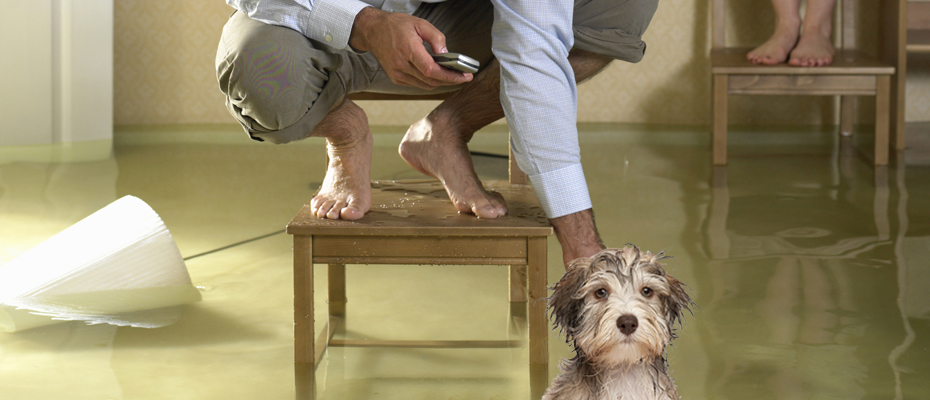Whether you own a home or visit one, it’s crucial to understand how basement waterproofing is related to preventing flood damage. If your basement is poorly ventilated or there are leaks or cracks in the foundation, you could be putting your home at risk for water damage.

Sump Pump Problems
Having a basement waterproofing system is important to the health and safety of your home. Mold can form in damp places and lead to respiratory problems and allergic reactions. Experts in flood damage Brunswick mentioned that mold can also cause damage to wood and eat away at it. It’s not surprising that sump pumps are the first thing that comes to a homeowner’s mind when they hear the words “flooded basement.” However, it’s important to understand that not all basement flooding can be prevented. It’s not uncommon for a homeowner to have a flooded basement, and it’s also common for the water to enter the home through cracks and seams in the basement walls. The first step to preventing flooding is ensuring the sump pump works properly. A pump will not work if it’s blocked by debris or if the discharge pipe is blocked. It’s important to keep your discharge line free from debris, hoses, and extension cables.
Foundation Crack Injections
Using foundation crack injections to repair concrete cracks is one of the most reliable and cost-effective methods for sealing cracks. There are many reasons why foundation cracks can occur. Normally, cracks appear within the first month of a property’s foundation pour. Water enters basements through leaks or cracks in the concrete. If these cracks are not repaired, water could damage the walls. In addition, leaks can cause mineral buildup. Also, if the crack is in the floor, it may let in smells and gases. Basement leaks are a major problem. Water can cause mold, respiratory problems, and structural damage. A basement leak can also lead to high subsurface water levels. These high water levels can force water into the basement. Water-resistant epoxy is used to seal cracks and reinforce foundation integrity.
Exterior Drainage Tile Failure
Keeping your basement dry and flood-free requires a comprehensive drainage system. This can involve a combination of interior and exterior drainage tiles. Exterior drain tile is the most common type of drainage tile used in basement waterproofing. It is installed during construction at the footing of the foundation. This system redirects subsurface water away from the foundation and prevents foundation wall damage. Exterior waterproofing involves extensive excavation around the foundation. It is also a very expensive method of waterproofing. Typically, this method involves an exterior French drain and a drainage panel. The interior weeping tile is usually used as a backup to the exterior weeping tile system. It redirects water from the basement floor to the exterior storm sewer. Interior drain tile lays underneath the basement floor and can be combined with a sump pump. The sump pump is a small mechanical pump that pumps out water when the pit is filled with water.
Improperly Ventilated Basements
An improperly ventilated basement can lead to mold, mildew, and other harmful bacteria. It can also lead to a drafty, cold first floor. This makes utilities work harder to keep the temperature up. It can also chill the entire first floor, making it uncomfortable. Getting rid of the moisture is critical to the drying process. Fans, dehumidifiers, and wet vacuums can speed up the process. You can save the furniture depending on how much damage has been done. If your basement is flooding, it is vital to locate the source of the problem. You might find a burst pipe or a broken water heater. You will need to contact a plumber for repair if it is a water heater. A sewer line backup is one of the worst causes of basement flooding causes. This can cause wastewater to flow toward the home and leak into the basement. This can cause a foul smell. If your sewer line is damaged, it is vital to fix it as soon as possible.
Symptoms Of A Flooded Basement
Symptoms of a flooded basement include a wet floor, mold, and other health problems. You will need to act quickly to get your basement back in order. Aside from being a health risk, a flooded basement can also cause damage to your home. The first step is to figure out where the water is coming from. You should call a professional if you are still determining the source. Water can enter your basement through cracks, windows, and window wells. It can also come from a broken pipe or sewer line. Identifying the source of water will help prevent future flooding. If you can see standing water, it is best to call an electrician. They can help you remove the standing water.
